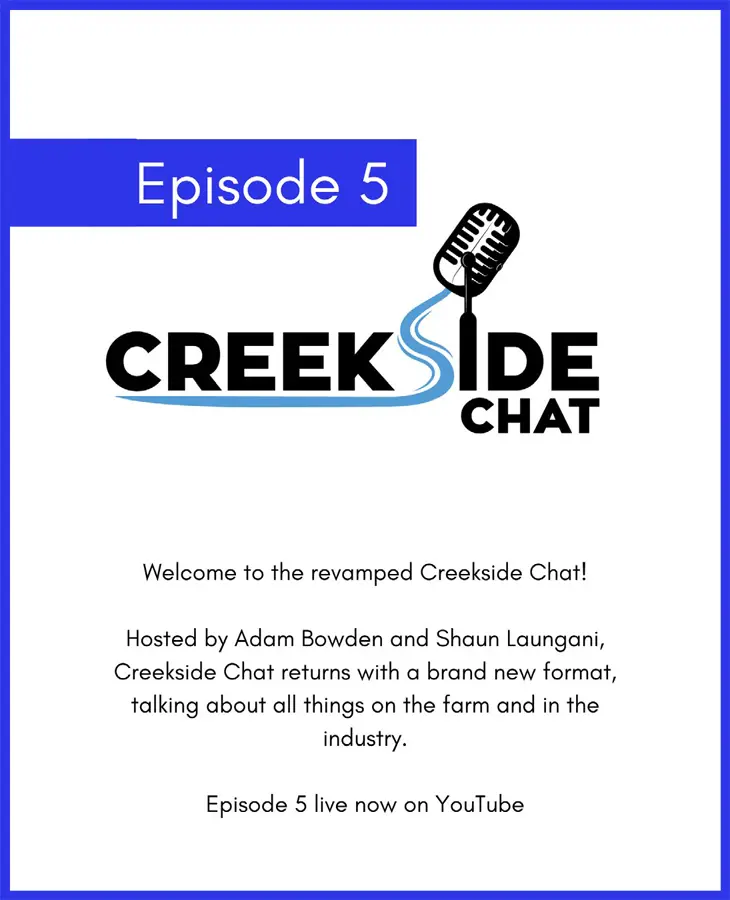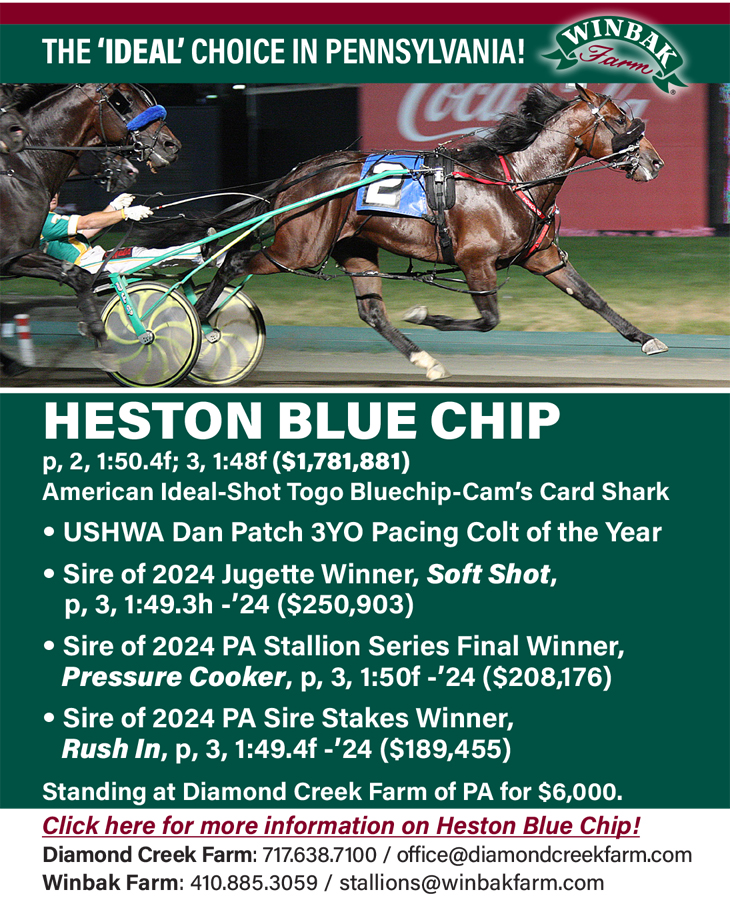
A change in racing styles as Woodbine Mohawk Park begins
by Brett Sturman
With the final standardbred race taking place last Saturday at Woodbine Racetrack, the WEG circuit is now underway at its new permanent home Woodbine Mohawk Park (formerly named Mohawk Racetrack, but not to be confused with Woodbine Racetrack). With me so far? Good.
I think it’s fair to say that from an enthusiast and horseplayer perspective that the springtime move to Mohawk has always been a welcomed one. After a never-ending winter, each year at Woodbine featuring many of the same overnight horses week in and week out race in frigid conditions, Mohawk has represented the opposite. The early part of the card takes place while there’s still daylight, and many of better horses that had been hibernating in the winter are now coming back out to the track.
Overall, it makes for a better product. And it’s not a better product just for aesthetics, but because how the racing style at Mohawk better lends itself to fans and bettors.
The most obvious changes between the two WEG tracks is the shape and track configuration. At Mohawk, there is a shorter run into the opening turn and over 100 feet of additional ground to cover in the homestretch. Also, the turns at Mohawk aren’t as tight as those at Woodbine, and that too plays into the competitiveness of racing.
Throughout the Woodbine meet, we’ve repeatedly seen the same scenario play out. At the start of the race, horses will blast through an opening quarter of :27 only to then see a :31 second quarter, all the while, horses spread out everywhere from first to last. The third panel is often a slow one again similar to the second quarter and before you know it, only a handful of horses are in any real position to win.
There is a consistent thought process among those in the industry that agree Mohawk lends itself to naturally reduce the scenario just described, and those thoughts are echoed by veteran racing secretary Scott McKelvie.
“Between the track configuration differences, and in particular that last turn at Woodbine, you would have horses kind of getting strung around that turn (making it difficult for them to continue to advance),” McKelvie said. “At Mohawk, it almost seems like that at the head of the stretch every horse still has a shot of winning. They can stay more bunched up together that last turn.”
McKelvie also believes the shorter run into the first turn at Mohawk will prevent the huge disparity in early fractional times that have been a stable at Woodbine. “At Woodbine, it’s a longer straightaway at the start and they get all wound up and get strung out pretty good because of how fast they’re going. Then they get a breather around the turn and when they go down the backstretch, but by then they’re all spread out. They hit the half and there’s too many lengths between them. You don’t see them 20 lengths apart here at Mohawk as much,” McKelvie said.
With a consensus on the difference in how the tracks play, what does that mean in terms of how drivers adapt between the two? Are there different strategies employed between tracks?
One of the most successful drivers in WEG history, Jody Jamieson is aware of the differences in racing styles but doesn’t try to overcompensate strictly for those differences when driving.
“I know there are many different opinions on this, but mine is usually that the best horse is going to win the race, regardless of anything else,” Jamieson said. “You still have to race your horse. If you get away third or fourth – and right now it seems like there is less lenience for sitting third or fourth on the rail – but Mohawk is a little more forgiving in that position. The last turn at Mohawk is sweeping and is more like a straightaway. Horses can go a little bit more around that turn than they can at Woodbine.”
What position Jamieson finds himself in during a race is completely situational based on the horse he’s driving. In regards to Mohawk, “You don’t have to be on the lead. It’s nice to be on the lead, but you don’t necessarily have to be on the lead at Mohawk. You can save your horse and be a little less aggressive – maybe – it depends on who’s in the race and who your horse is,” said Jamieson. He also acknowledges you rate a better chance coming from off the pace at Mohawk, but being too far back does have its limits. “I want to qualify though that you never want to be too far back at all in any instance. But you definitely can get a little forgiveness at Mohawk because of that big sweeping turn. It’s not a straightaway, but again, some horses can really get around it as if it was one.”
If Jamieson had one piece of handicapping advice (he qualifies this too by stating he’s trolled on Twitter and Facebook for his driving decisions) would be too focus more on the horse and not get caught up in the perceived track biases. “I’m always looking at who I think the best horse is, as far as I can see. And I’m trying to get position on them or follow them to the wire.”
From a statistical standpoint, the numbers do support the notion that Mohawk plays to closers more than Woodbine.
For example, last year’s meet at Mohawk from April to October saw horses that were on the lead at the half-mile call, win the race 37 per cent of the time. Horses that were first or second at the half-mile call went onto win the 50 per cent of the time.
In the meet that just concluded at Woodbine, 40 per cent of horses on the lead at the half-mile won, while a total of 59 per cent of horses first or second won the race.
Handicapping at Mohawk can be summarized by using traditional handicapping methods that focus on selecting the fastest horses, but knowing that horses may not have had a chance at Woodbine now have a fighting chance as well. With this in mind and the expectation of an improved race flow, this now permanent move should turn out to be the right move for horseplayers.












